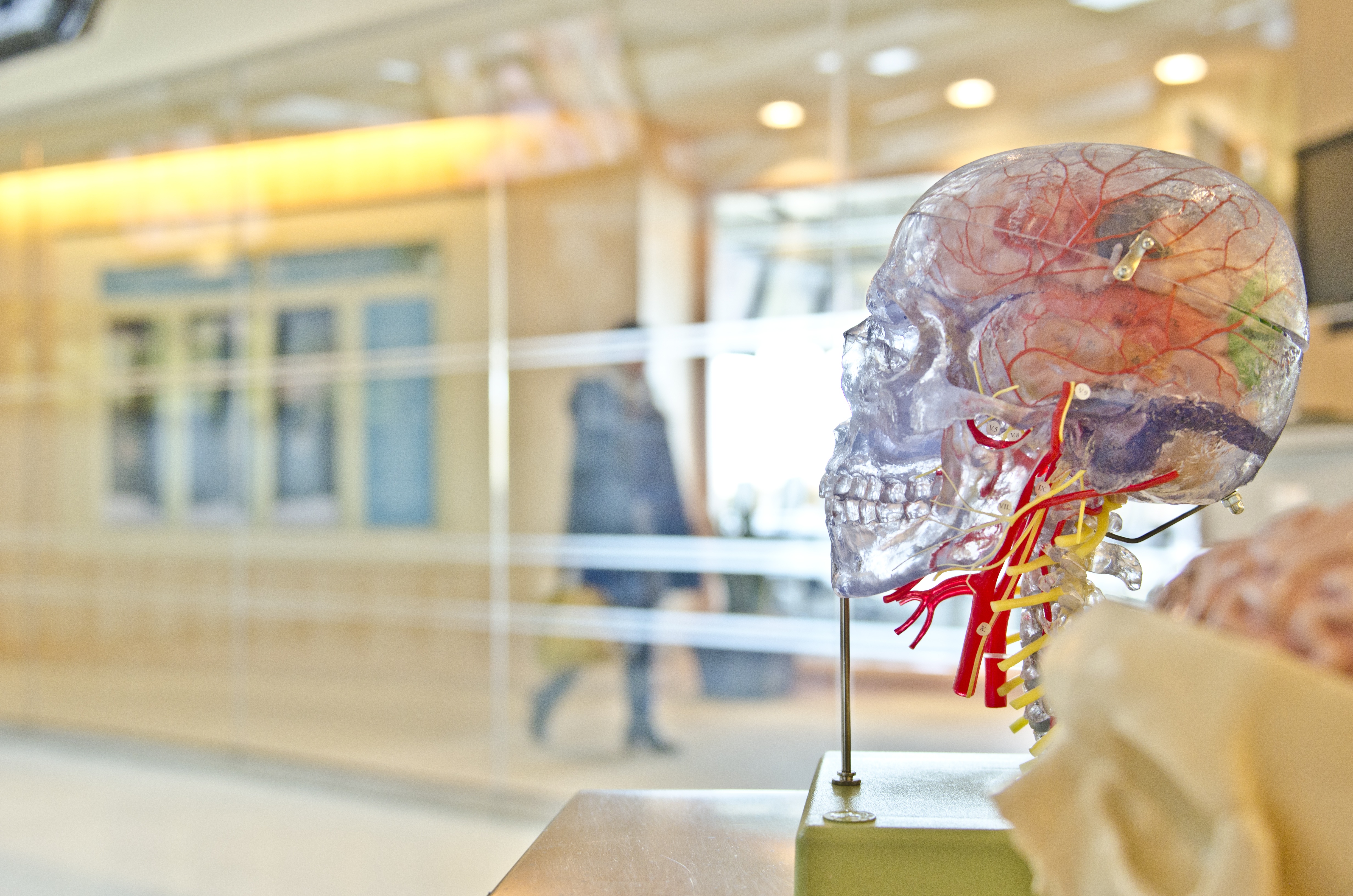The International Consortium of Investigative Journalists (ICIJ) recently leaked 11.5 million files, exposing politicians, public officials and international leaders across the globe as using offshore tax havens, from Mossack Fonseca, one of the globe’s biggest offshore law firms.
This controversy of wealthy tax evaders, and the release of the national 2016-17 budget barely 10 days ago, have been trending topics of discussion across journalism and social media, and I sought to understand what all of it meant.
I did a little research, and learnt that companies and private bodies such as public figures, officials and politicians have been using tax havens for around 40 years in Panama. According to ICIJ (through Mossack Fonseca’s database) up to 210,000 companies have used Panama as a base over the last 40 years, and include politicians, public figures and private owners from all across the globe.
Offshore tax havens are essentially shop fronts, or ‘shell companies’ as described by ICIJ, set up offshore of a company or private owner’s actual home country where taxes are cheaper.
This offshore site is legally set up in writing as their legally official base, and so this base in Panama pays marginally cheaper taxes while their actual set-up back home doesn’t have to pay more expensive taxes intended for healthcare, education, security and protection institutions, etc.
As a result, the economy of these countries have been immensely harmed by losing millions of dollars in taxes that haven’t been paid, as a result of offshore tax havens.
I think that the 2016-17 national Budget’s release is relevant and additionally important to discuss alongside the Panama Papers. To put it into terms that my mind gets, the budget aims to give tax cuts to high income earners; this is going to greatly affect low income earners in Australia over the next 3-4 years. I find it to be a cruel irony and tragedy of human nature to see that not only have wealthy politicians and figures been immorally avoiding taxes and thus gaining wealth while others have been making up for it, but the new budget favours the position of high income earners even further. It is as if human society has not changed in the last few thousand years.
Just think of the French Revolution; the nobility and clergy were grossly exempt from paying taxes and the rest of society bore the brunt of having to make up for them by giving away all that they had. It’s all too similar to the current situation in the US where 0.01% of the population owns as much wealth as 90% of the country. Essentially, what I am noticing in the current state of affairs concerning the Budget and the Panama Papers is that human society, ruled primarily by the rich, has catered for the rich.
As seen in the Q+A episode the other night, featuring Liberal Party members being faced with Duncan Storrar, those is power until the upcoming election are the Liberals dominated by a privileged, wealthy demographic that has absolutely positively no idea what it is like to live in a below average, let alone a low-income household. They see an opportunity to fill their purses some more, and have never even considered the idea that there are people who struggle just to make ends meet every day. What I see in the Panama Papers, the Budget and the recent Q+A episode are examples and evidences of the unending selfishness that is human nature. In this case, in a capitalist society, in reference to the lectorial on institutions, Power is power. Knowledge has yet to give way to a change in behaviour in society.
SOURCES:
http://www.smh.com.au/federal-politics/federal-election-2016/anu-modelling-shows-how-the-2016-budget-really-affects-your-hip-pocket-20160511-gosewj.html
https://panamapapers.icij.org/
http://www.theguardian.com/news/2016/apr/03/what-you-need-to-know-about-the-panama-papers
https://www.theguardian.com/business/2014/nov/13/us-wealth-inequality-top-01-worth-as-much-as-the-bottom-90







